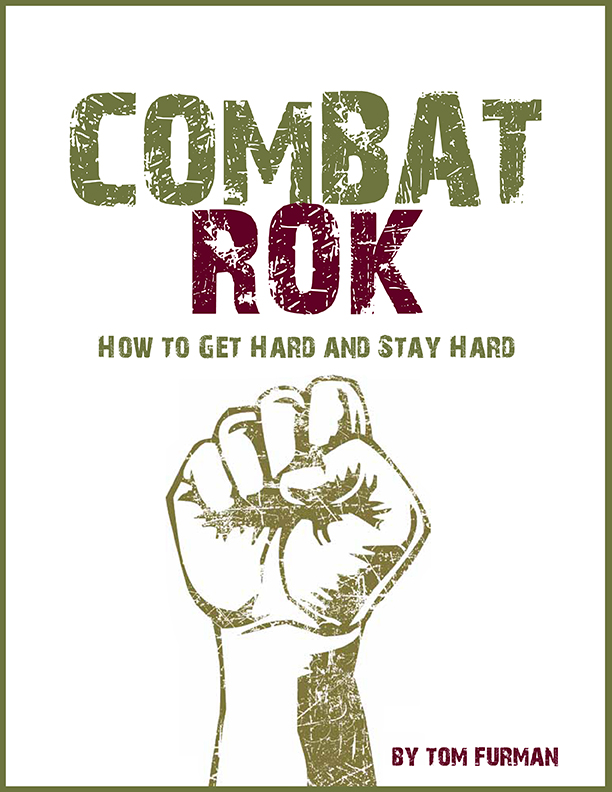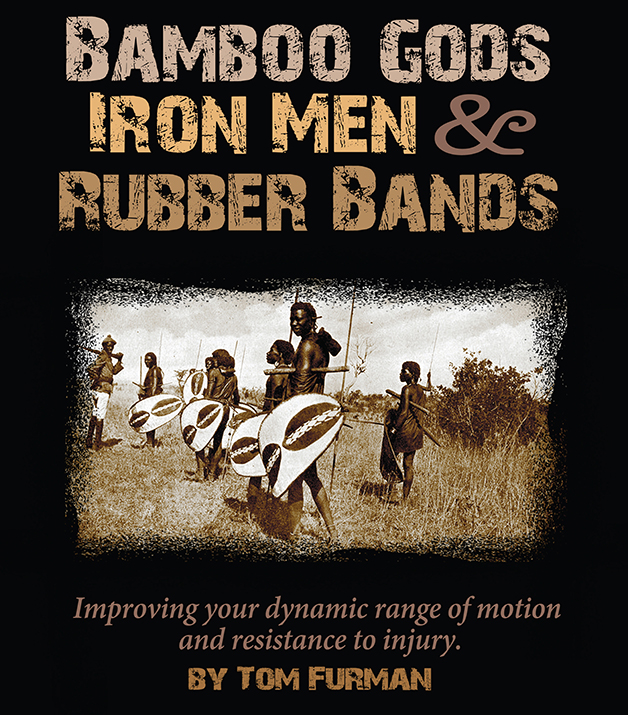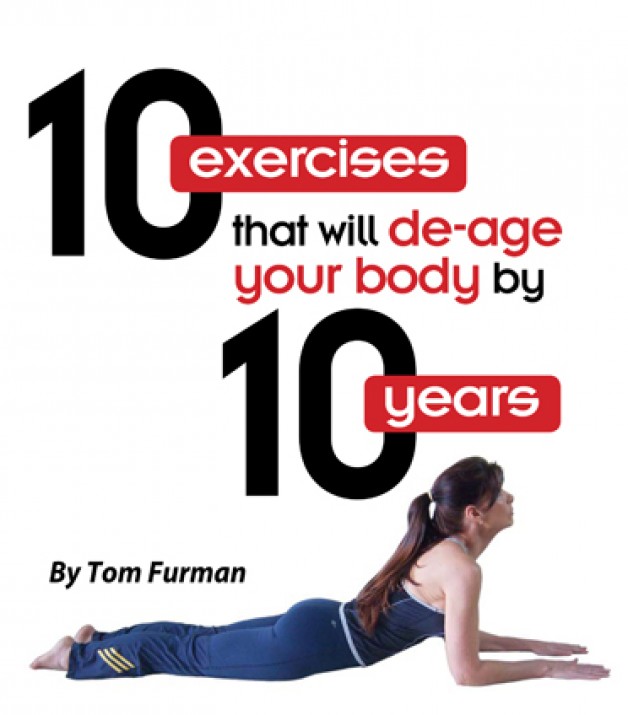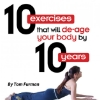 Hormones are something men need to be aware of as they age. This study makes this very clear.
Hormones are something men need to be aware of as they age. This study makes this very clear.
Relationship Between Low Levels of Anabolic Hormones and 6-Year Mortality in Older Men
The Aging in the Chianti Area (InCHIANTI) Study
Marcello Maggio, MD; Fulvio Lauretani, MD; Gian Paolo Ceda, MD; Stefania Bandinelli, MD; Shari M. Ling, MD; E. Jeffrey Metter, MD; Andrea Artoni, MD; Laura Carassale, MD; Anna Cazzato, MD; Graziano Ceresini, MD; Jack M. Guralnik, MD; Shehzad Basaria, MD; Giorgio Valenti, MD; Luigi Ferrucci, MD, PhD
Arch Intern Med. 2007;167(20):2249-2254.
Background Aging in men is characterized by a progressive decline in levels of anabolic hormones, such as testosterone, insulinlike growth factor 1 (IGF-1), and dehydroepiandrosterone sulfate (DHEA-S). We hypothesized that in older men a parallel age-associated decline in bioavailable testosterone, IGF-1, and DHEA-S secretion is associated with higher mortality independent of potential confounders.
Methods Testosterone, IGF-1, DHEA-S, and demographic features were evaluated in a representative sample of 410 men 65 years and older enrolled in the Aging in the Chianti Area (InCHIANTI) study. A total of 126 men died during the 6-year follow-up. Thresholds for lowest-quartile definitions were 70 ng/dL (to convert to nanomoles per liter, multiply by 0.0347) for bioavailable testosterone, 63.9 ng/mL (to convert to nanomoles per liter, multiply by 0.131) for total IGF-1, and 50 µg/dL (to convert to micromoles per liter, multiply by 0.027) for DHEA-S. Men were divided into 4 groups: no hormone in the lowest quartile (reference) and 1, 2, and 3 hormones in the lowest quartiles. Kaplan-Meier survival and Cox proportional hazards models adjusted for confounders were used in the analysis.
Results Compared with men with levels of all 3 hormones above the lowest quartiles, having 1, 2, and 3 dysregulated hormones was associated with hazard ratios for mortality of 1.47 (95% confidence interval [CI], 0.88-2.44), 1.85 (95% CI, 1.04-3.30), and 2.29 (95% CI, 1.12-4.68), respectively (test for trend, P <.001). In the fully adjusted analysis, only men with 3 anabolic hormone deficiencies had a significant increase in mortality (hazard ratio, 2.44; 95% CI, 1.09-5.46 (test for trend, P <.001).
Conclusions Age-associated decline in anabolic hormone levels is a strong independent predictor of mortality in older men. Having multiple hormonal deficiencies rather than a deficiency in a single anabolic hormone is a robust biomarker of health status in older persons.










